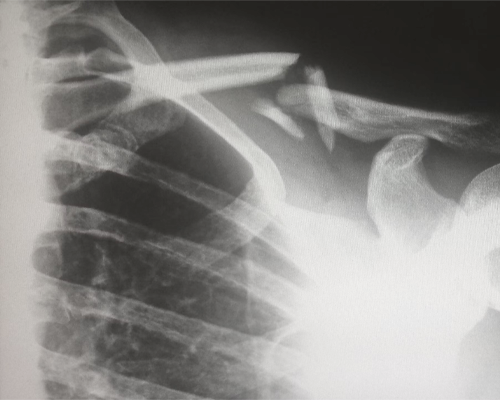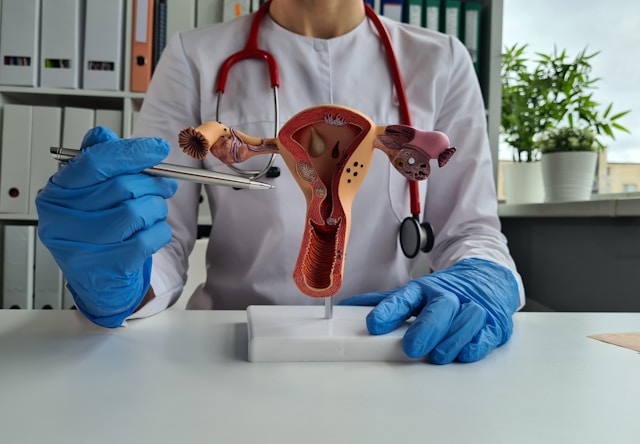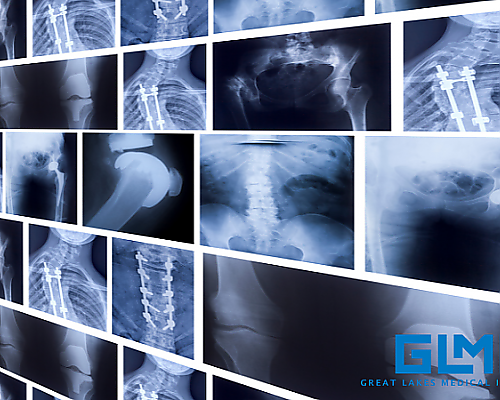Our Blog
Common Questions about X-rays and Fluoroscopy: Professional Answers from Great Lakes Medical Imaging

Medical imaging plays an indispensable role in the world of healthcare. Among the various imaging techniques, X-rays and fluoroscopy have been foundational, aiding in both diagnosis and treatment. Patients often have questions about these techniques, and at Great Lakes Medical Imaging (GLMI), we believe in empowering our patients with knowledge. Here are answers to some of the most common questions we encounter about X-rays and fluoroscopy.
1. What's the difference between X-rays and Fluoroscopy?
Answer: At their core, both X-rays and fluoroscopy use X-ray beams to visualize the inner structures of the body. The primary difference is in the representation: X-rays provide static images, much like photographs, while fluoroscopy offers real-time, dynamic images, akin to an 'X-ray movie'. This makes fluoroscopy especially useful in guiding real-time medical procedures.
2. Are X-rays and fluoroscopy safe?
Answer: Yes, when conducted by trained professionals using modern equipment, both X-rays and fluoroscopy are safe. At GLMI, we employ the latest technologies and protocols to minimize radiation exposure while ensuring diagnostic clarity.
3. How should I prepare for my X-ray or fluoroscopy procedure?
Answer: Preparation depends on the specific type of exam. For most X-rays, no special preparation is needed. However, certain fluoroscopy exams, like barium studies, may require fasting or other prep. Your radiologist or technician will provide clear instructions beforehand.
4. Can pregnant women undergo these imaging procedures?
Answer: If you're pregnant or suspect you might be, it's crucial to inform the radiologist. While X-rays and fluoroscopy are generally safe, we avoid unnecessary radiation exposure during pregnancy. In urgent cases, precautions are taken to protect the fetus.
5. How long does an X-ray or fluoroscopy exam take?
Answer: A standard X-ray is relatively quick, often completed within 10-15 minutes. Fluoroscopy procedures, given their real-time nature, can vary significantly, from a few minutes to over an hour, depending on the exam's complexity.
6. Do these procedures hurt?
Answer: No, both X-rays and fluoroscopy are painless. However, for certain procedures, you might be asked to hold a particular position, which can cause temporary discomfort.
7. When will I receive my results?
Answer: At GLMI, we prioritize quick turnaround times. For X-rays, results are typically available within a few hours to a day. Fluoroscopy results can take a bit longer due to the procedure's complexity. Rest assured, our team works diligently to provide accurate and timely reports.
8. How often is it safe to have X-rays or fluoroscopy?
Answer: There's no fixed limit on the number of these exams one can have. However, at GLMI, we advocate for judicious use, ensuring tests are medically justified. Modern equipment's low radiation doses mean that the benefits often far outweigh potential risks.
In Conclusion
Understanding the fundamentals of X-rays and fluoroscopy can make your experience at a radiology clinic more comfortable. Our team at GLMI is always here to answer any questions and ensure you receive the highest standard of care.
If you have further questions or need to schedule an appointment, don't hesitate to visit our contact page.
Disclaimer: This blog article is for general informational purposes only and should not be construed as professional medical advice. Always seek the advice of your physician or other qualified health provider with any questions you may have regarding a medical condition.
‹ Back









